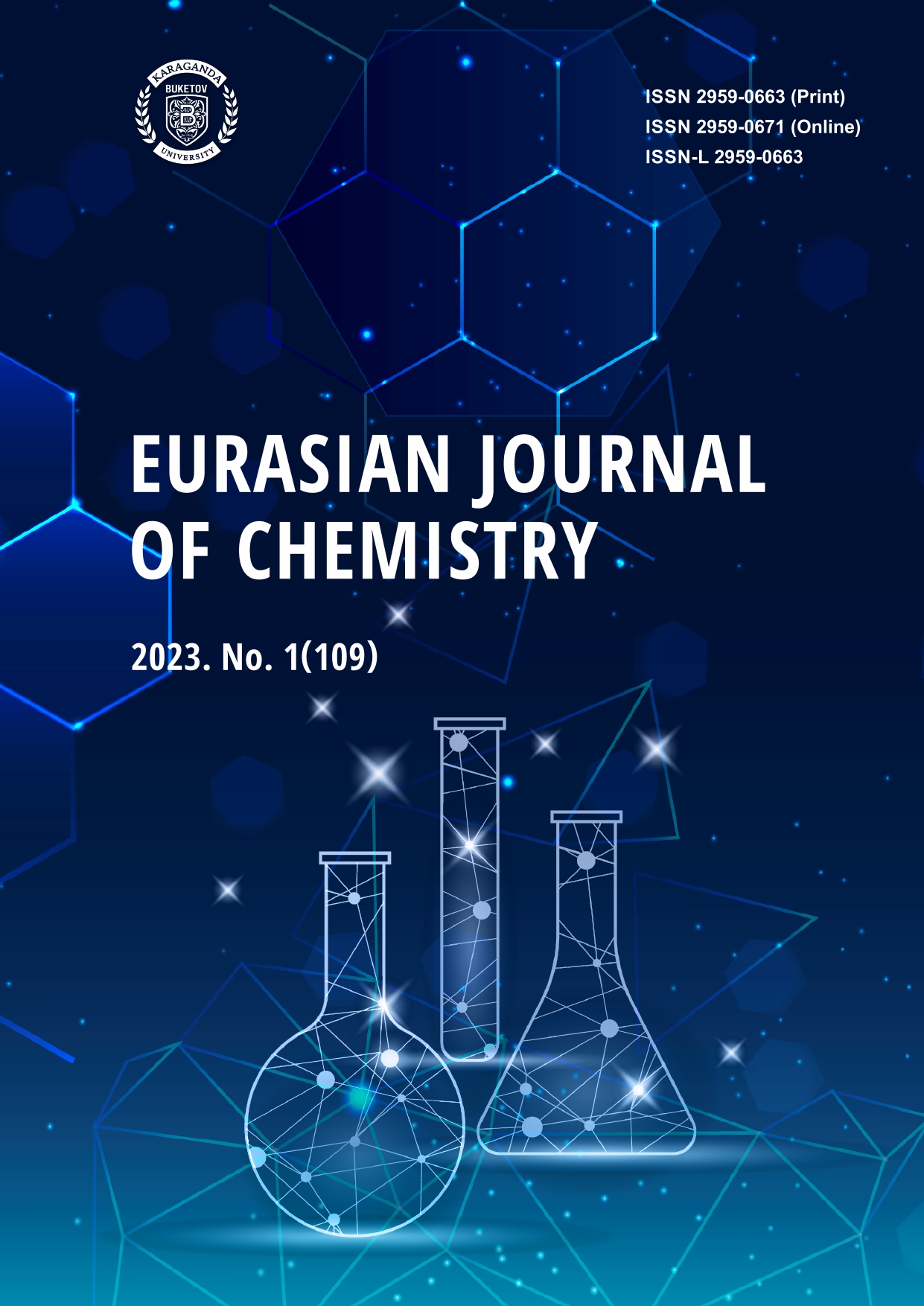Development of Energy-Efficient “Cold” Curing Method for Polypropylene Glycol Fumarate Using an Optimized Initiating System
DOI:
https://doi.org/10.31489/2959-0663/1-23-10Keywords:
sealant, unsaturated polyester, polypropylene glycol fumarate, unsaturated carboxylic acid, methacrylic acid, radical copolymerization, “cold” curing, initiating systemAbstract
The possibility of using the polymeric matrix obtained as a result of “cold” polymerization of polypropylene glycol fumarate (p-PGF) with methacrylic acid (MAA) as a polymeric base for obtaining new adhesives of domestic production was demonstrated. The starting reagent (p-PGF) was synthesized by condensation polymerization of fumaric acid with propylene glycol in the presence of a catalyst, which reduced the temperature and shortened the process time. A number of solutions of p-PGF in MAA of different mass compositions were obtained and their rheological properties were determined. Curing of the studied solutions was carried out by radical polymerization at room temperature in the presence of the “cold curing” initiating system. The optimum composition and amount of components of the “cold” curing initiating system consisting of an initiator (benzoyl peroxide) and a promoter (dimethylaniline) were established. Technological parameters of curing (temperature, lifetime and curing time, the value of volume shrinkage) were determined. The obtained compounds were identified by infrared spectroscopy. The surface morphology of the cured samples was studied by scanning electron microscopy. It was found that varying the composition of the initial polymer-monomer mixture allows controlling the physicochemical properties.
Downloads
Published
How to Cite
Issue
Section
License
This work is licensed under a Creative Commons Attribution-NonCommercial-NoDerivatives 4.0 International License.
Authors retain copyright and grant the journal right of first publication with the work simultaneously licensed under a Creative Commons Attribution License (CC BY-NC-ND 4.0) that allows others to share the work with an acknowledgement of the work's authorship and initial publication in this journal.




